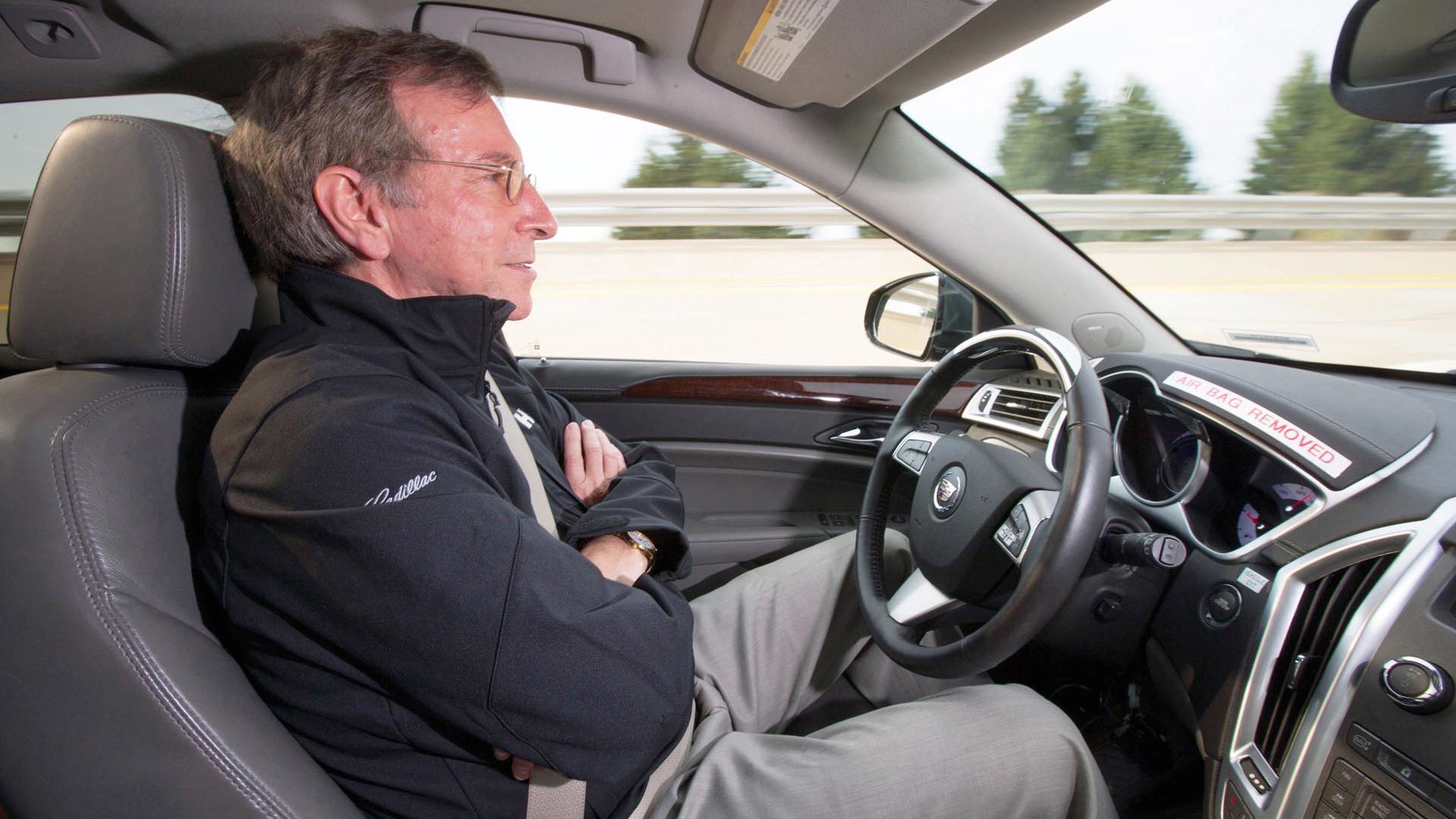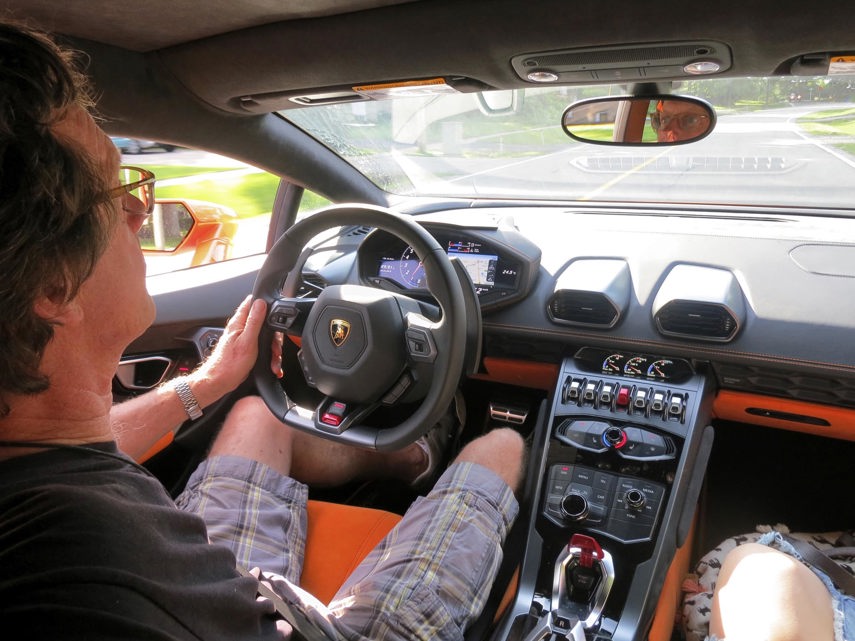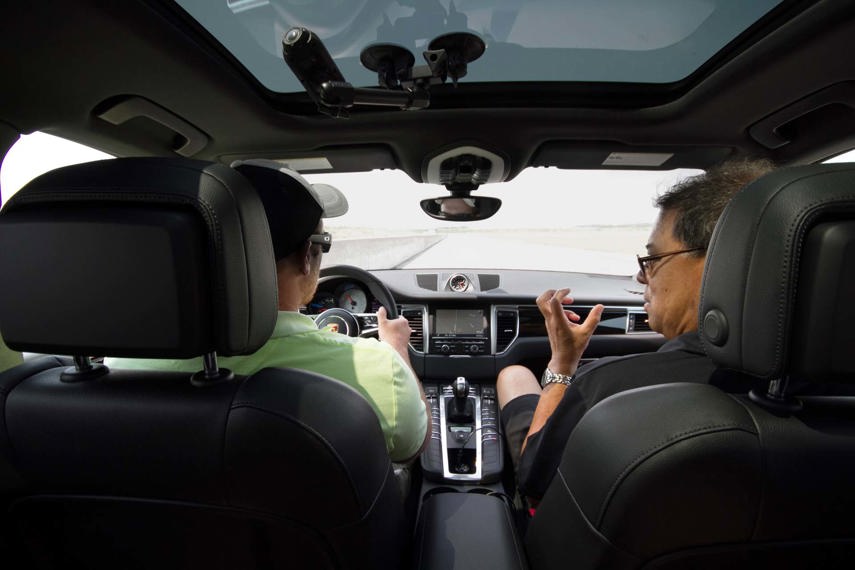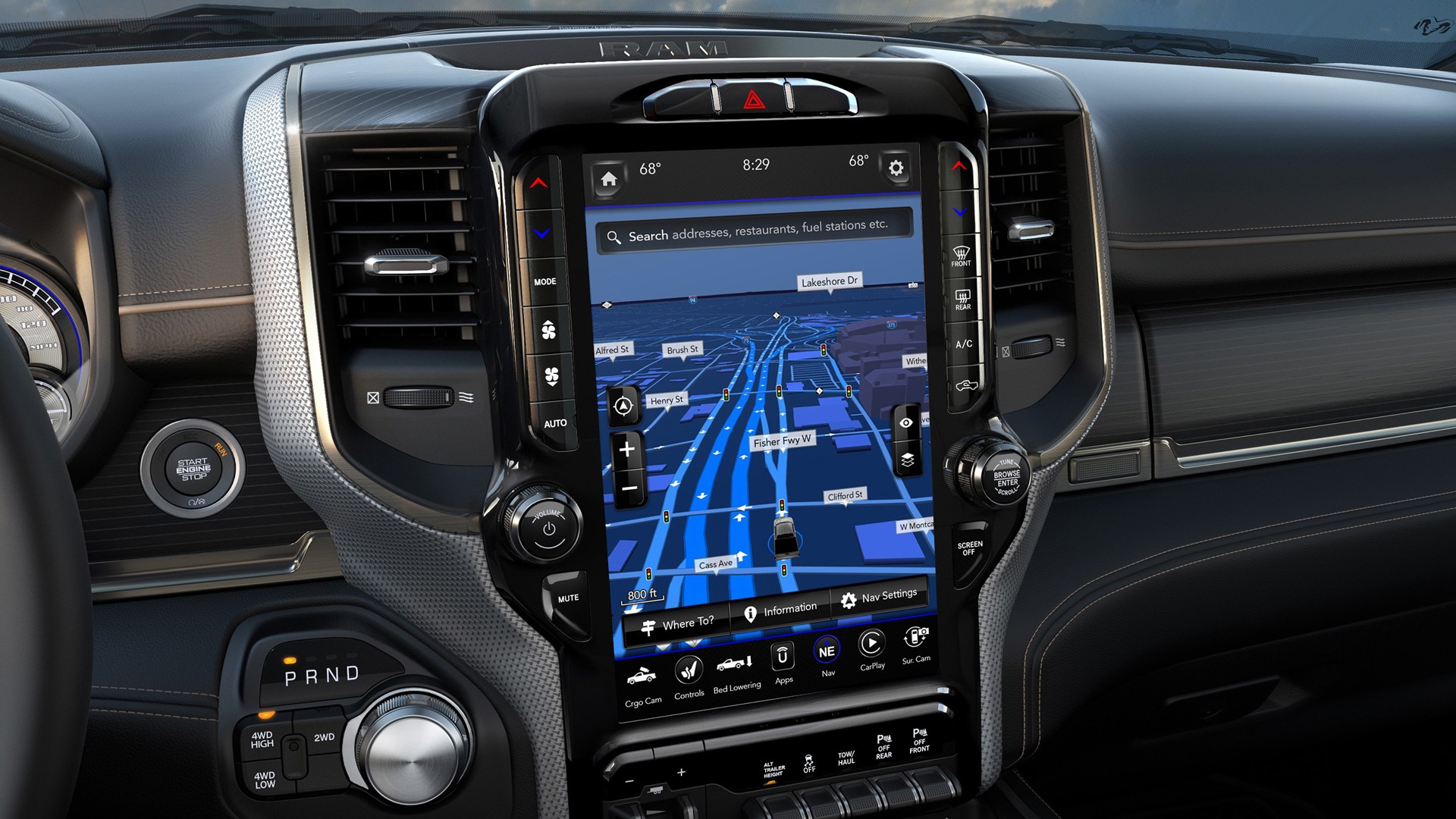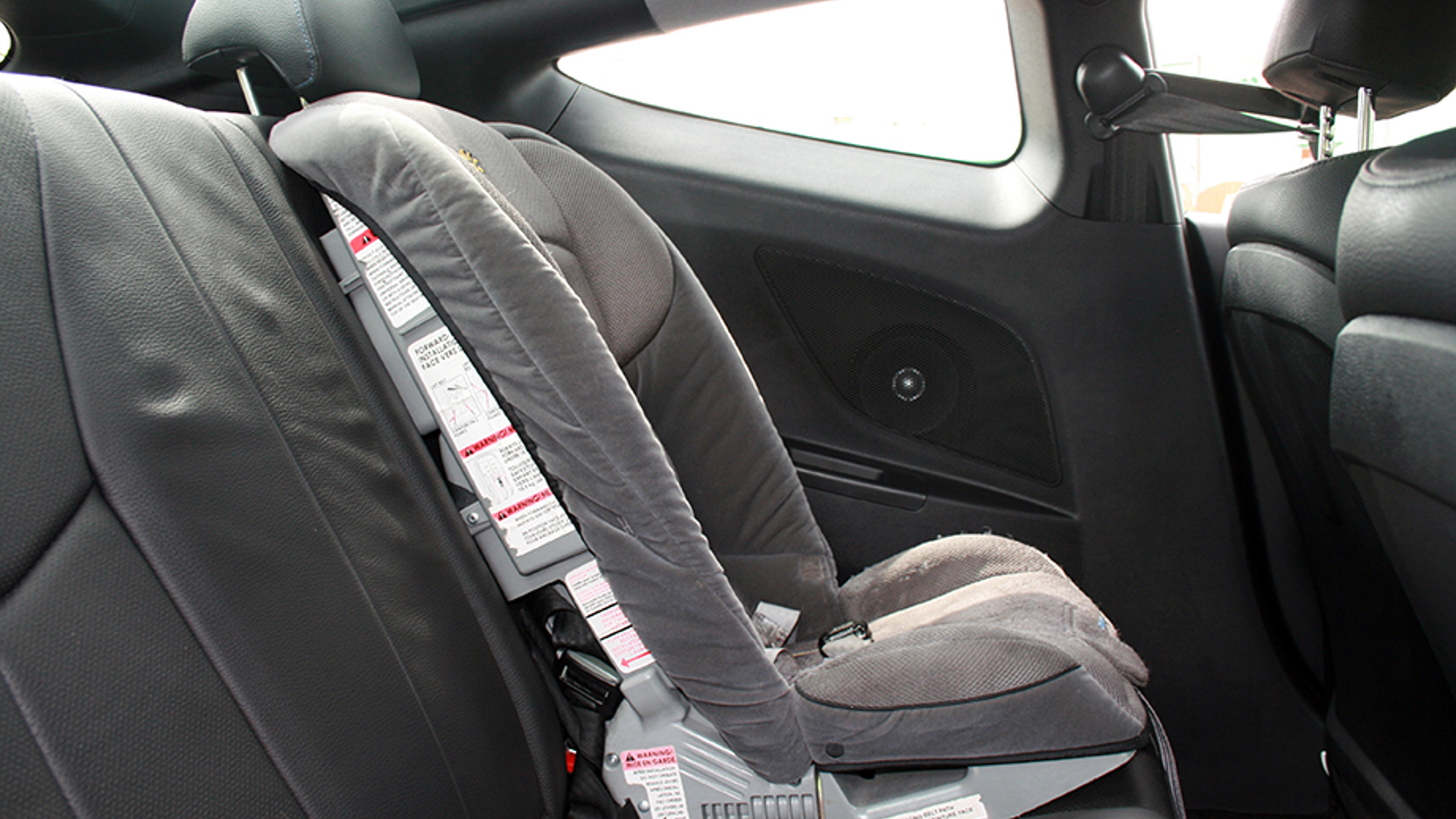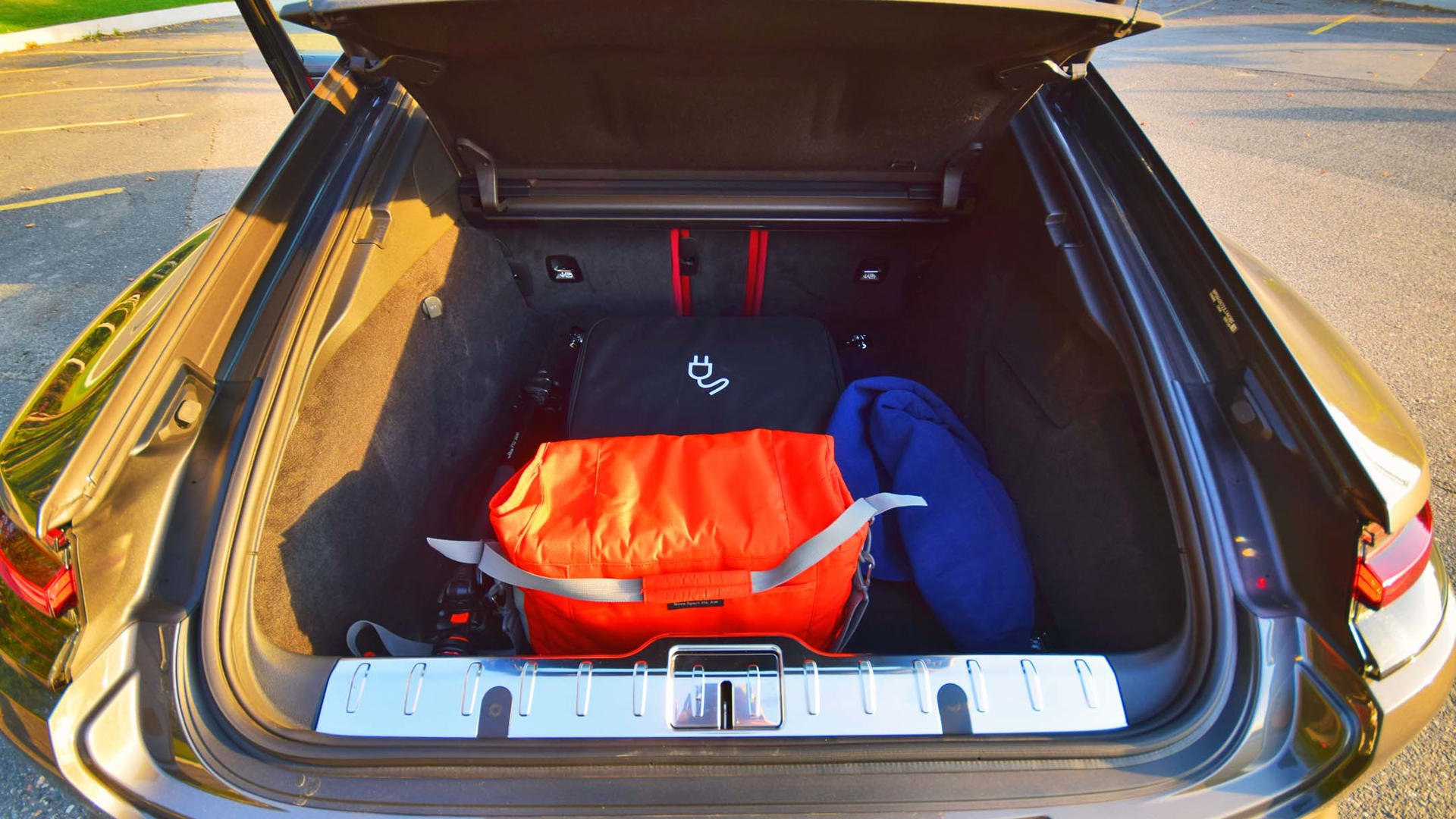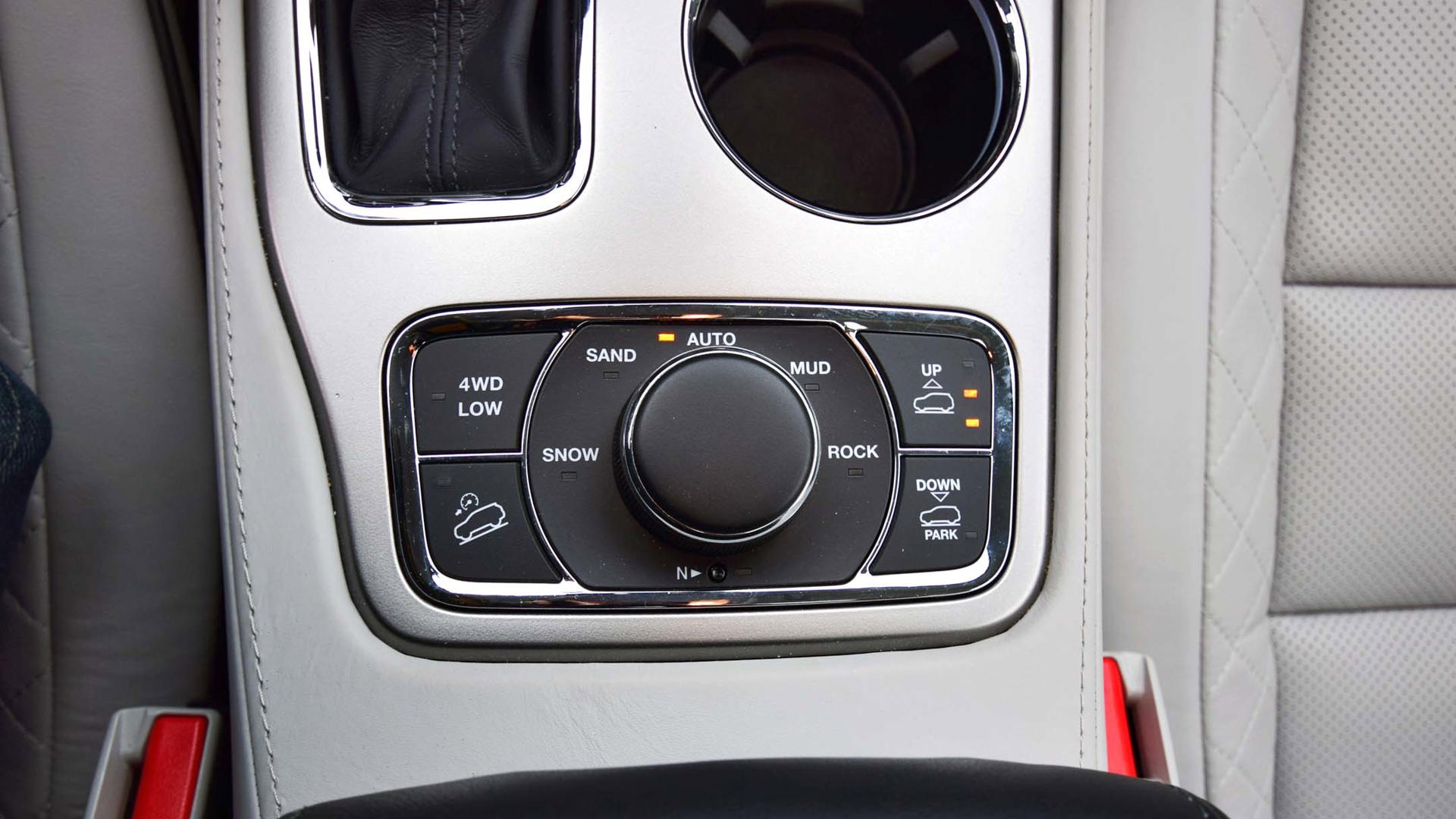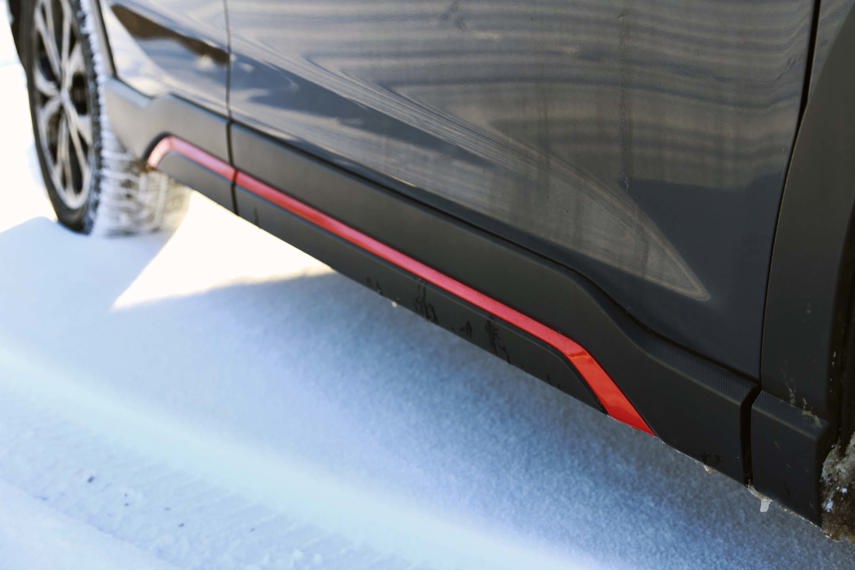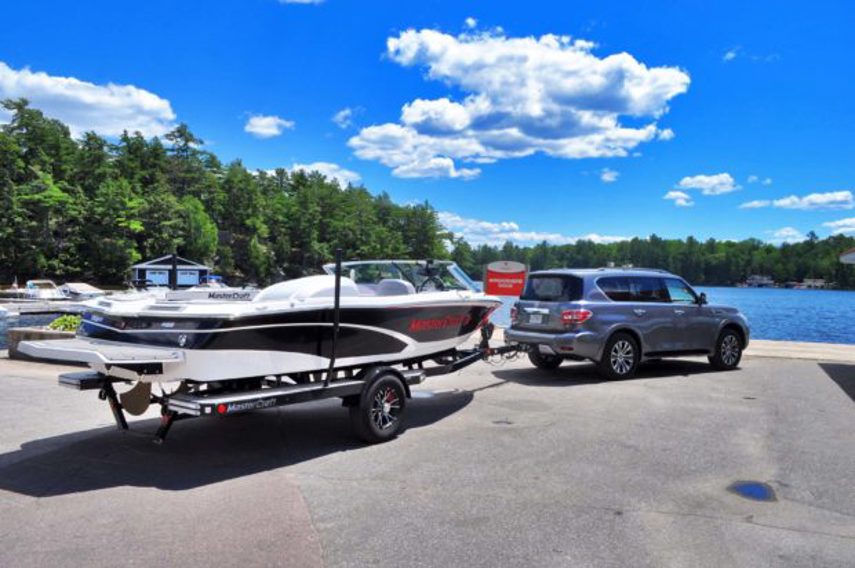It’s time for a new car. You’ve narrowed your shopping list down to a handful of choices. But you’ll get just a few brief minutes of drive time in each before making an expensive decision that you’ll likely need to live with for at least a couple of years.
Getting this right can save a lot of headaches. Being prepared before setting out on the evaluation process can go a long way in ensuring that you end up in the car that’s right for you. It’s not a bad idea to take a checklist of important characteristics along on your search, plus any questions you may have, to ensure your decision is as informed as possible.
Here, we’ve pulled together a few characteristics that people forget to look for during test drives, some that we’ve come up with on our own and others that are crowd-sourced. You may find it helpful to add a few of these items to your own.
Spend a few minutes focussing heavily on steering feel, handling, and ride quality
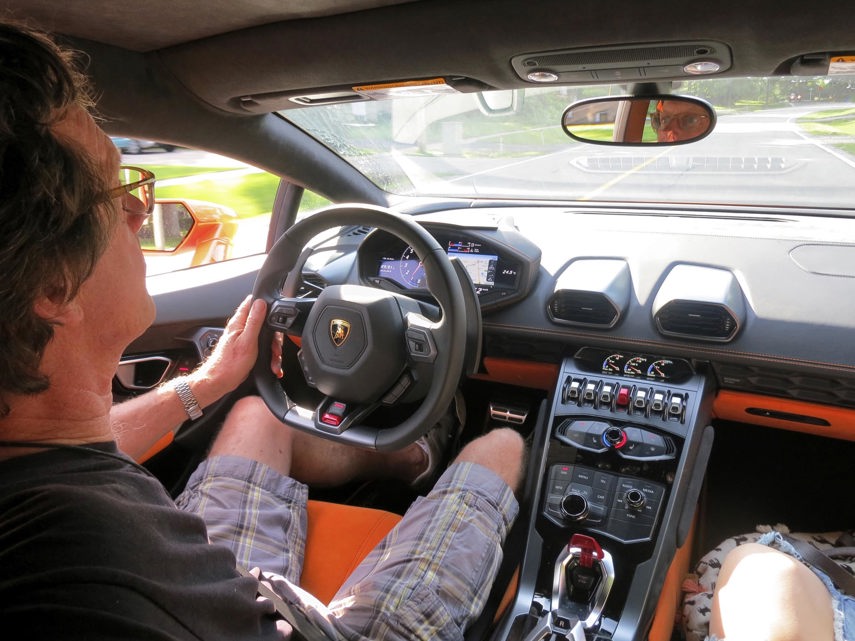
This brief window of time you’ll get with a car is the only chance you’ll have to decide whether you like its on-road characteristics. Find some roads that are less than ideal and that are similar to those you typically drive – rough pavement, highway on-ramps, or hills are good examples – and spend some time concentrating heavily on how much control you feel you have and how the car reacts.
“As the daily driver, I feel my car is overly firm,” says Grant L. “When I was test driving, I was focussed on the suspension more in terms of body roll and how noisy it was, considering it from a fit and finish perspective instead of from the perspective of my driving style and valuing a softer ride.”
Have a conversation at high speed
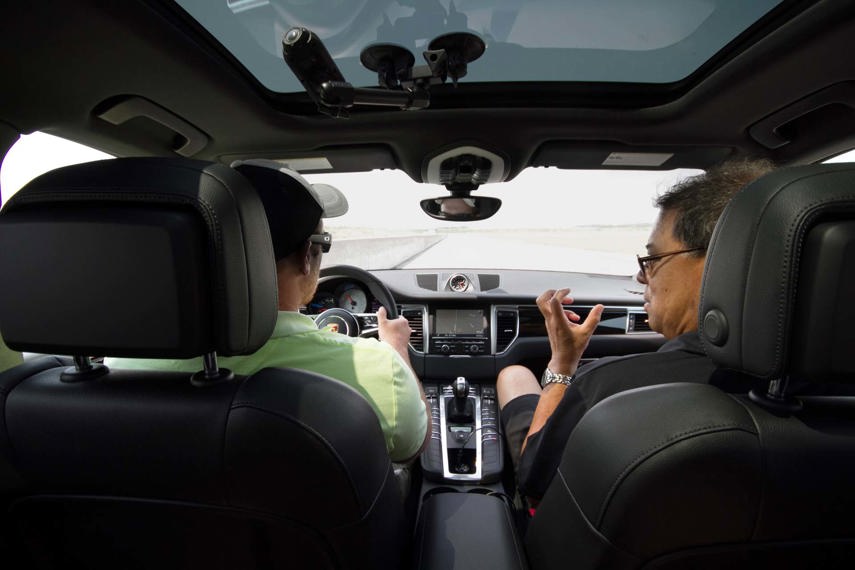
If the area where you live makes it feasible, take the car onto a highway, even if only for one exit, and hold a conversation with the salesperson or a family member – ideally from the second or third row if your family is large enough that you’ll use them regularly. It won’t take you long to notice that you need to speak a fair amount more loudly in some vehicles than others, and this can make a surprising amount of difference in how much you and your family enjoy spending time in a given car.
Plug your phone in to see how it behaves

Apple CarPlay and Android Auto are excellent features, but not all implementations are equal. Some cars don’t talk especially well with some phone models, and the ways that you can interact with the system – by touchscreen, dial input, or otherwise – can vary greatly from one vehicle to the next. Bring a cable with you and take the time to plug your phone in, make a call, and send a text or two to ensure that everything’s going to play together nicely.
Make sure the features you’re enjoying on your test car will be on the car you’re taking home
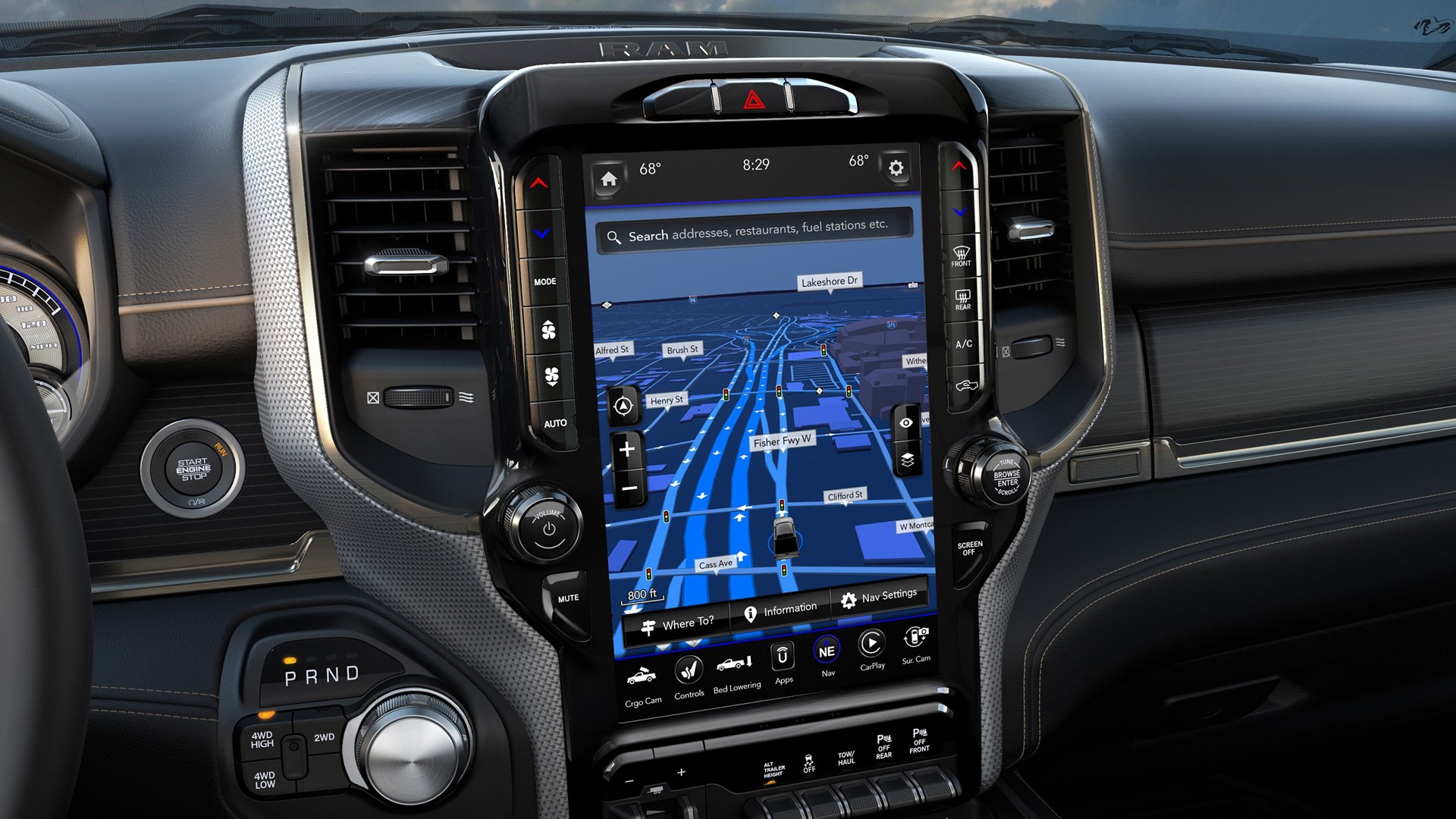
Sometimes, a dealer may not have the exact model on the lot that you’re hoping to order, so they’ll give you a test car that’s decked out in a pricier trim. There can be enormous differences here that might not come to light until you bring your own car home, anything from simpler details like different wheel sizes to more critical changes like a completely different infotainment system or suspension setup. Ensure you know the differences between what you’re testing and what you’re buying to avoid disappointment.
“Driving the exact model of the car we bought would have been helpful,” says Glynis R. “They only had a souped-up version available to test drive, and I would’ve liked to drive a more bare-bones model so I knew exactly what I was getting.”
Check that the LATCH points meet your family’s needs
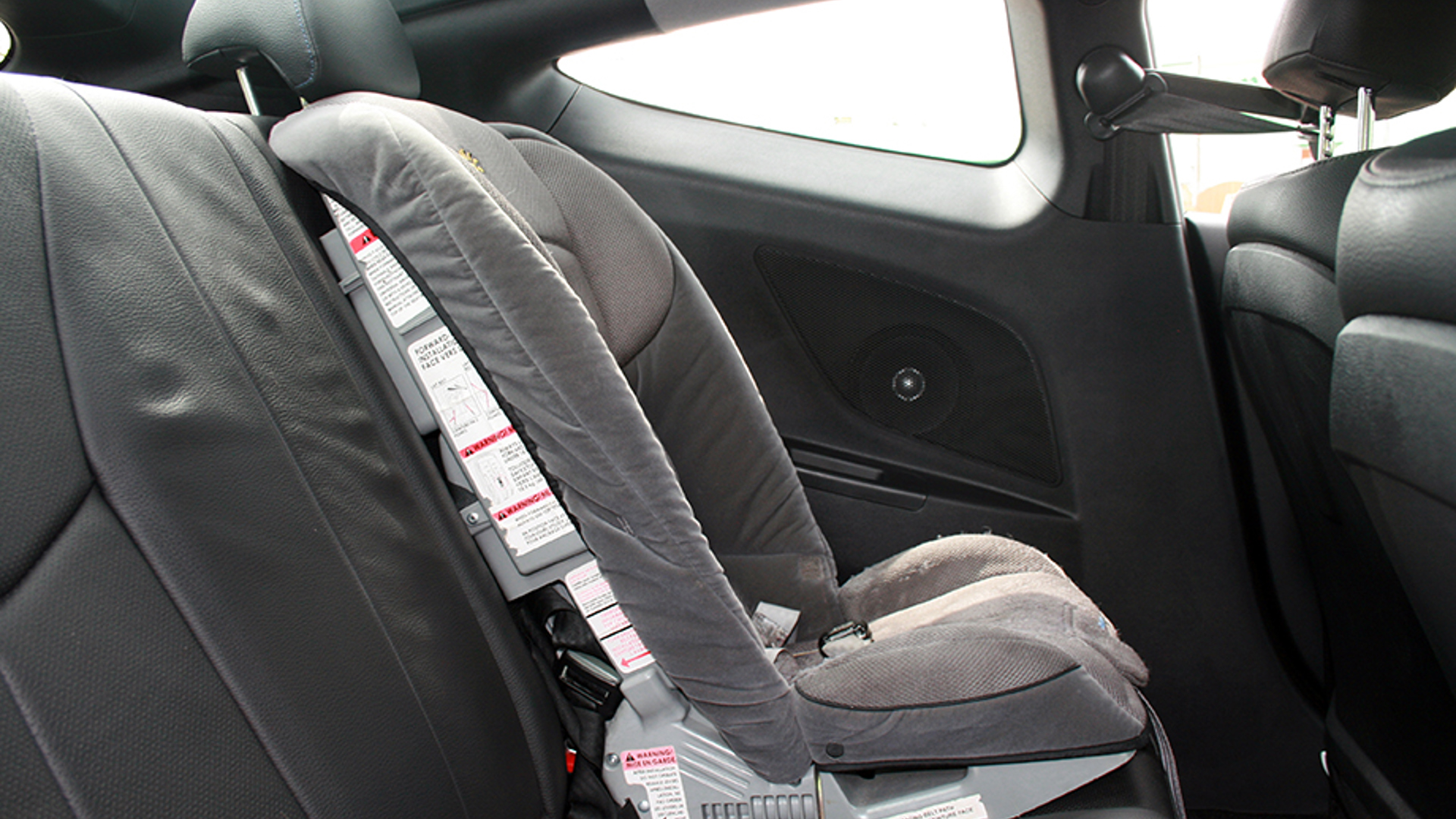
If you have just one kid, verify that you can properly connect your child seat to the middle position of the rear bench, which is the safest place in the car for a single child. If you need to install multiple seats at once, ensure the car has enough independent LATCH points that you can use them in the configurations you’re expecting. For example, many cars can accommodate car seats in all three positions across the second-row bench, but very few let you use all three at the same time – a devastatingly inconvenient thing to realize if you’re counting on it and have already signed on the dotted line.
Ensure that you’re happy with how the all-wheel drive system works
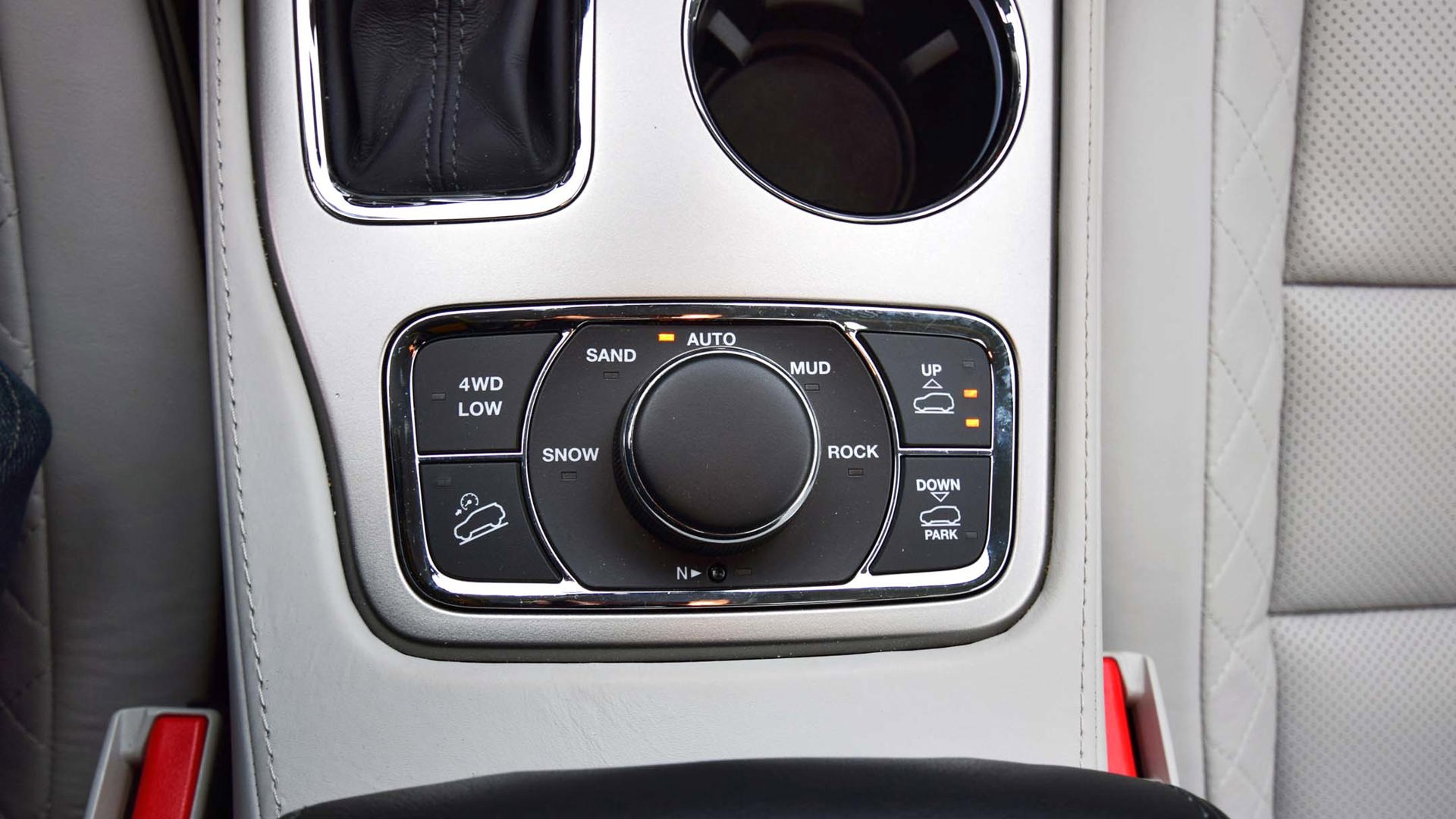
Some systems give drivers a great deal of control over switching between two-wheel and all-wheel drive, while some require drivers to complete adjustments manually, and others do the switching themselves with no intervention at all. Decide ahead of time what you’d prefer, and then check that the car you’re testing gives you the level of control that you want.
“I didn’t realize that (my car) wasn’t full-time all-wheel drive or that you couldn’t manually switch to all-wheel drive when you want to,” says Mike C.
Load a bag into the back
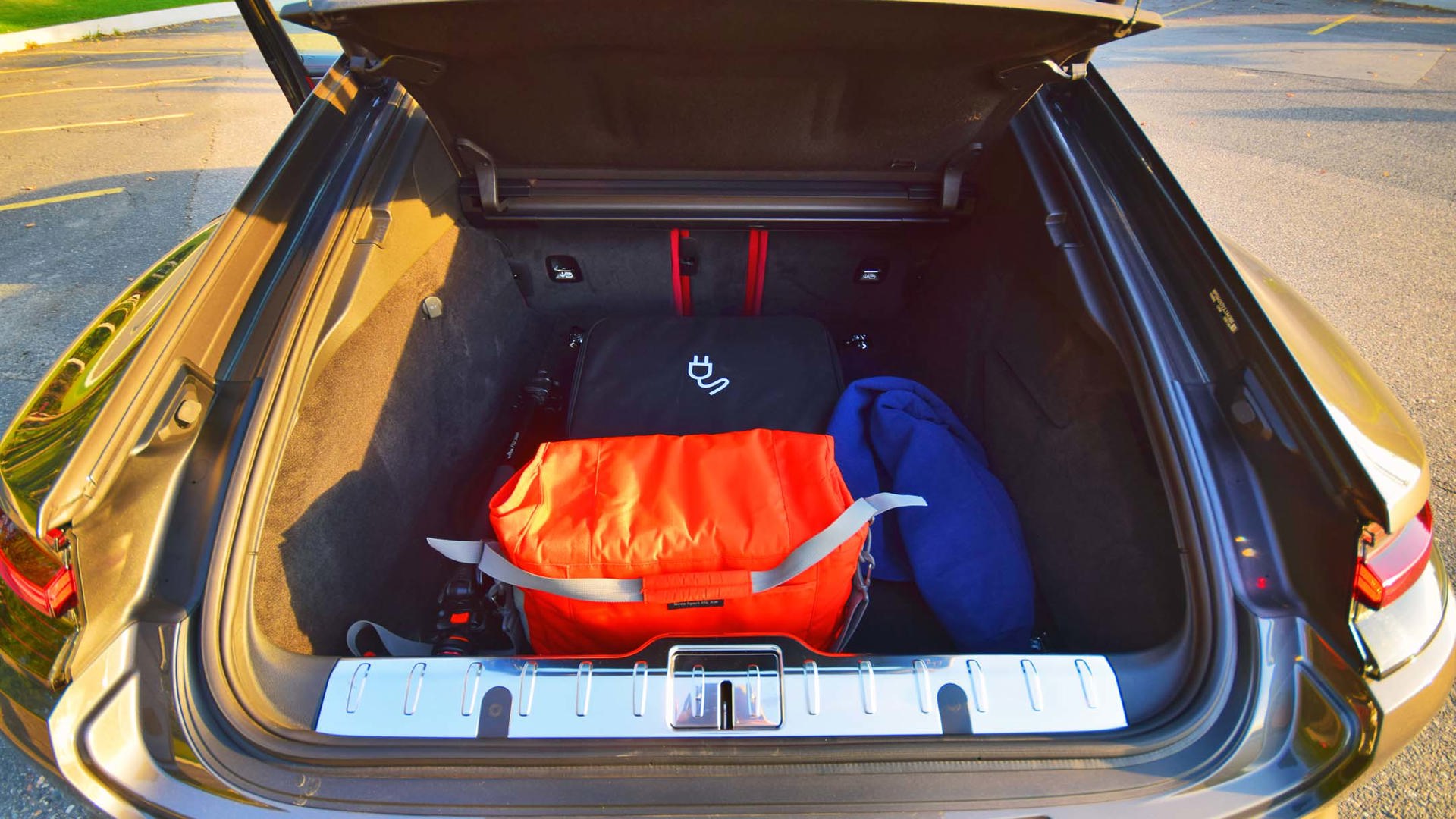
Consider taking a bag with you – maybe a backpack, maybe a duffel bag with some books, or maybe even your kid’s hockey bag – and don’t be shy about opening up the cargo area to see how easy it is to open with one hand and how high you need to lift the bag to get it inside. There can be a surprising amount of difference in bumper and cargo floor height, and this exercise might just highlight a difference that could save strain on your back down the road.
Take a look at the door sills
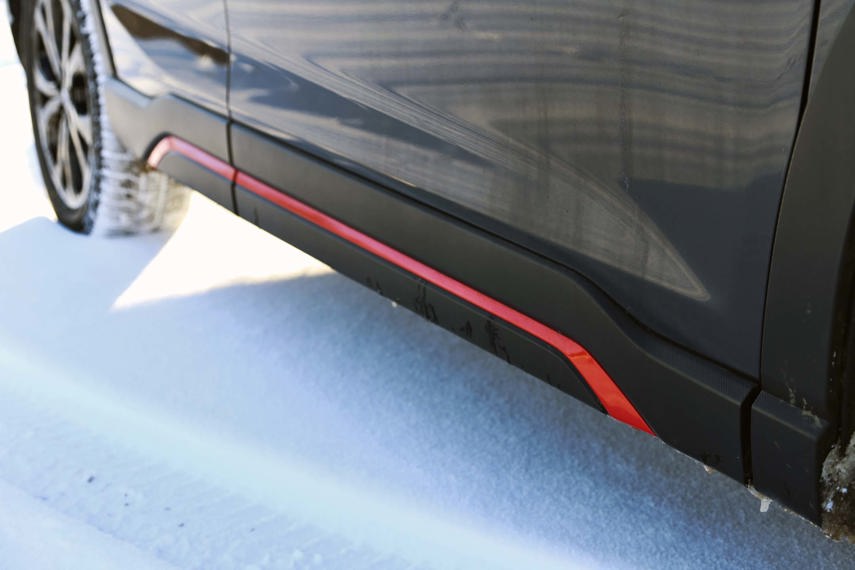
We live in Canada, which means that messy cars are just a part of life. Some cars have longer doors that extend over the door sills, which keeps them from getting covered with mud, salt, and slush that gets passed on to your pant legs as you climb in and out. This isn’t a difference that’s exclusive to luxury brands, either; you’ll find it in every segment and at every price point. If you live in a location where this detail might make your life easier, keep an eye out for it while you open a car’s doors to start a test drive.
If you’ll be towing, make sure you’re getting everything you need
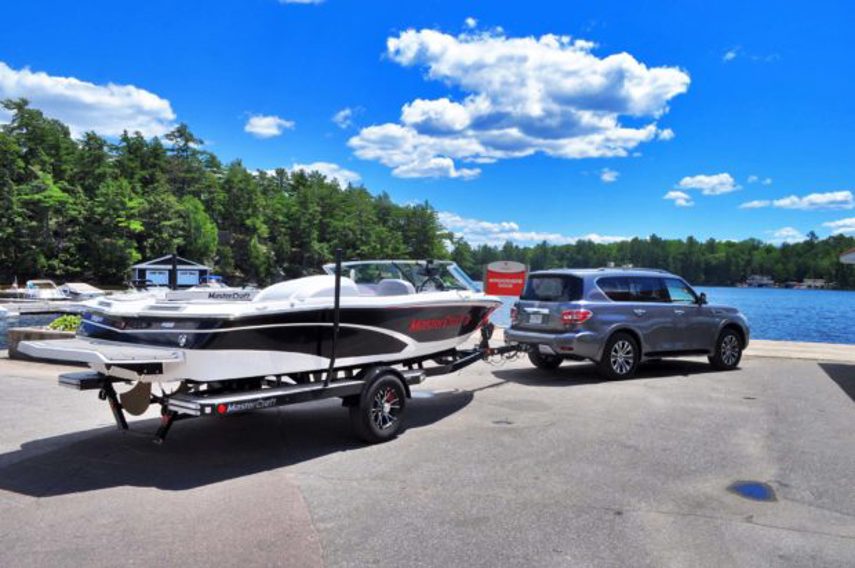
Verify the towing capacity on the model you’re considering, which can be very different from the advertised maximum at lower price points and may require an expensive package to bring it up to its peak potential. Check that the features you want, such as trailer turning assist or extended blind spot monitoring, are included in the model you’d end up with. And consider digging into smaller details such as hitch position, tire sizes, and even fuel tank capacity.
“The only thing I regret is the size of the fuel tank,” says Steve E., who financed a pick-up truck with the intention of using it extensively for towing. “It should have been the bigger size. I forgot to ask about that.”
